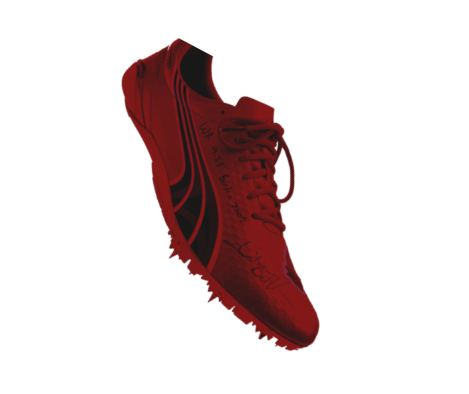
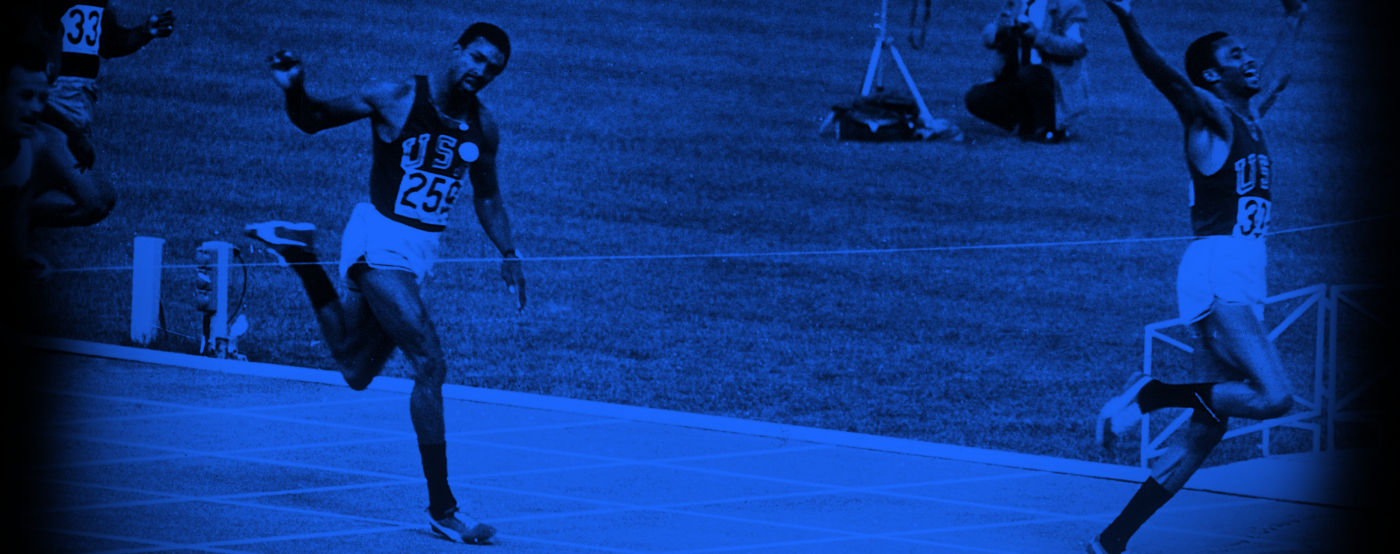
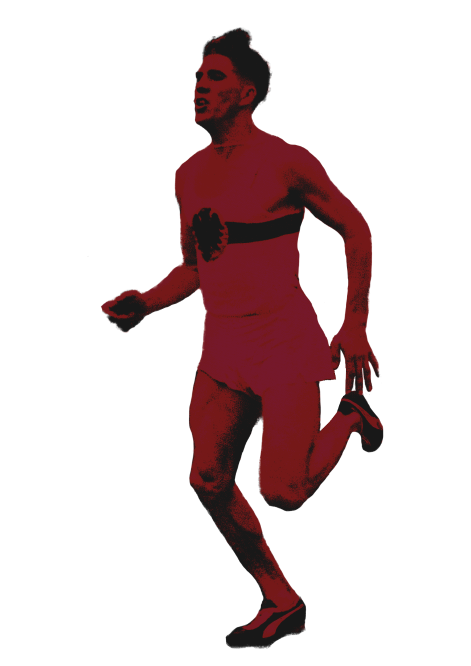
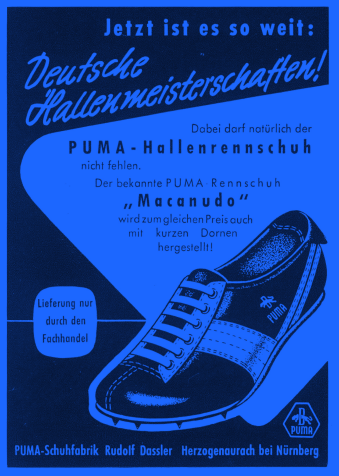
Heinz Fütterer became athlete of the year and the “fastest man in the world” in October 1954 in Yokohama, Japan, when he set the first world record in PUMA shoes: the 100m in hand-stopped 10.2 seconds (equaling Jesse Owen’s record). In a typical PUMA Athlete manner, he added to the success four years later by setting the world record in the 4x100m relay.
Fütterer won over 500 international championships and was never defeated between 1953 and 1955. Writing track & field history in MAKANUDO running shoes, he was an important athlete and partner for the young PUMA Schuhfabrik Rudolf Dassler.
Our partner Armin Hary continued our track & field success story in the 60s at the Olympic Games in Rome, winning gold in the 100ms in 10.2s. During his career, Hary became Olympic Champion and European Champion twice and was the first runner to run 100m in hand-stopped 10.0s (on a cinder track) in 1958.
He is the last German and European to hold the 100m world record and was accepted into Germany’s Sports Hall of Fame in 2011.
The ROMA shoe enabled Hary’s achievements and was developed by Rudolf Dassler as early as 1959, containing two new patents: the red PUMA-nylon ball support and the new PUMA spike arrangement.
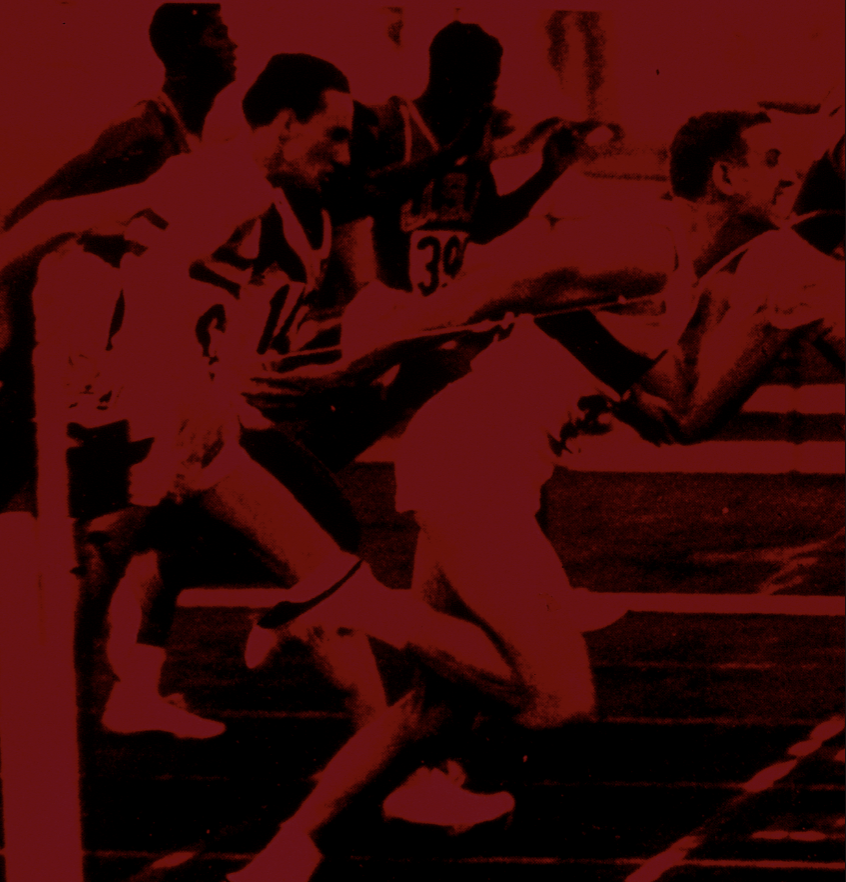
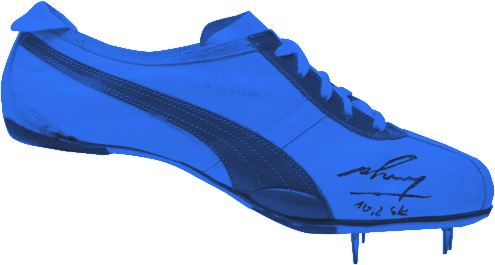


At the 1968 Olympics in Mexico, Tommie Smith won gold in the 200m sprint finals with 19.83s, which was the first time that the 20s barrier was legally broken. To this day, our collaboration with Tommie has remained special after the famous “silent gesture” at the victory ceremony together with John Carlos (bronze winner in the 200m). The image went around the globe, the athletes were forever banned from competing and PUMA was given a three-year import ban into the US.
Although our highly innovative SACRAMENTO brush spike was banned shortly before the Olympic Games in Mexico – allegedly it was “too dangerous” – it did not stop them winning big, wearing similar spikes on the track & field world stage.
Javelin thrower Klaus Wolfermann won gold in 1972 for his legendary 90.48m throw, setting the world record with 94.08m in 1973 – which he held for almost four years.
Having won big in PUMA shoes, the athlete remained part of the PUMA family after his active athletic career for another 13 years as Promotion Manager.
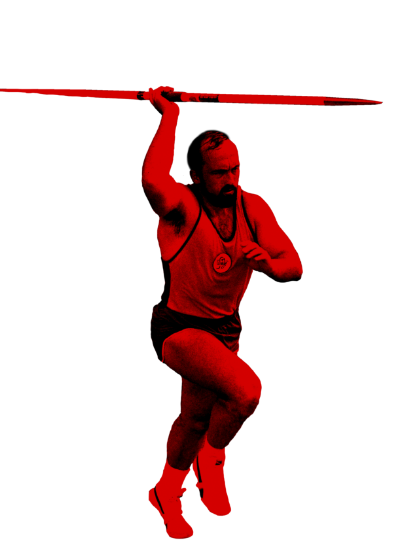

A record-breaking sprinting star of the 1970s and 1980s and once fastest woman in the world, Evelyn Ashford was one of the few track & field athletes to boast four Olympic gold medals, having set the world record in the 100m competition already in 1983 (10.79s). At the 1984 Olympics in Los Angeles, she won gold in both the 100m (10.97s) and the 4x100m relays (41.65s). At the Olympics in Seoul in 1988, she also brought home gold and silver and another gold medal at the Olympics in Barcelona in 1992.
Linford Christie became world champion over 100m in 9.87s and was the first European to break the 10s barrier in the 100m, and still holds the British record. Christie used to hold the world indoor record over 200 as well as the European record in the 60m, 100m and 4x100m relay.
Heike Drechsler brought home gold in 1993 for her 7.11m jump. She is the only woman to have won two Olympic gold medals in the long jump (1992 and 2000).
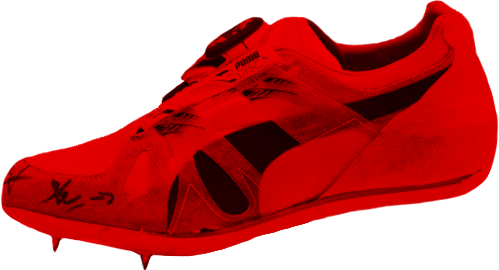
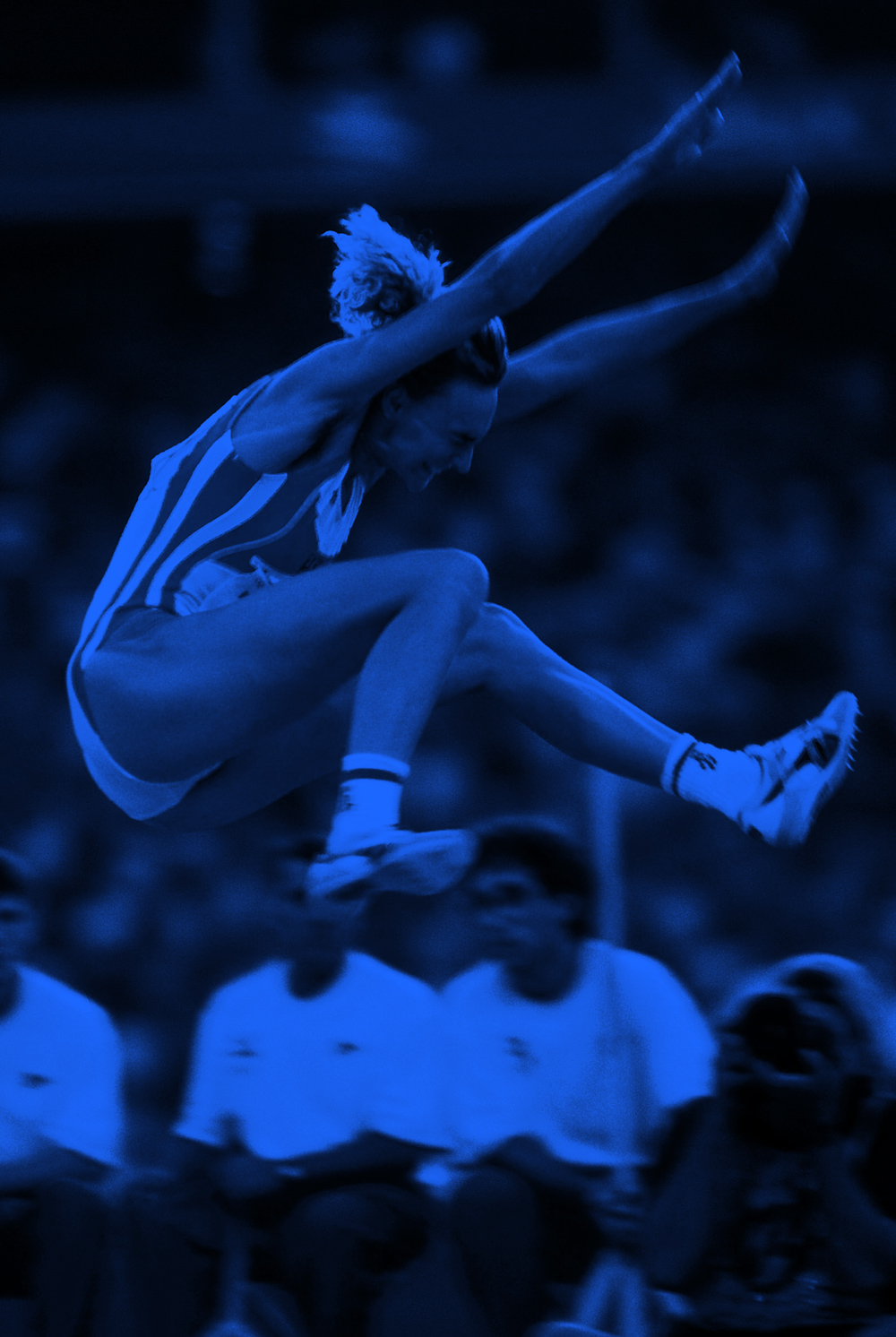

The Danish middle-distance runner Wilson Kipketer was the second fastest of all time over the 800m, setting the world record and breaking his own record two more times in 1997 (1:41.11m). Wilson dominated the 800m distance for a decade, remaining undefeated for three years. Near the peak of his career, he won Olympic silver in 2000 and bronze in 2004, and two gold medals in two consecutive editions of the IAAF World Championships in Athletics.
Wilson is still a member of the PUMA family and works as Sales Manager Running Specialist at PUMA Nordic AB.